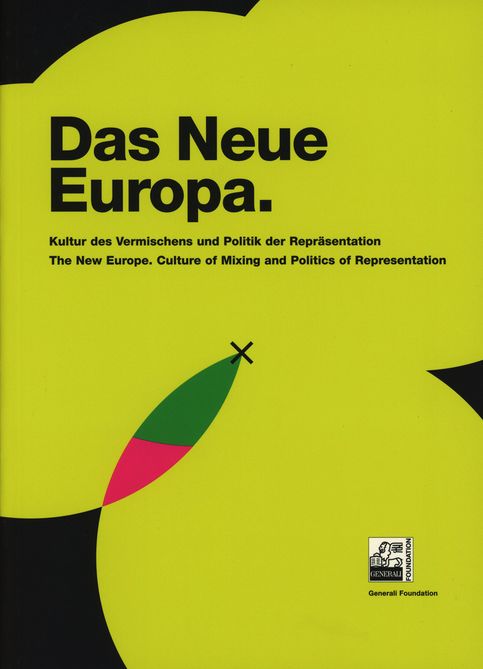
The New Europe.
Culture of Mixing and Politics of Representation
Publication to the exhibition from January to April 2005.
Ed. by Marius Babias for the Generali Foundation. Preface by Dietrich Karner. Editorial by Sabine Breitwieser. Texts by Marius Babias, Jean Luc Nancy, Hito Steyerl, Dan Perjovschi and Mirko Heinemann.
Looked at from the perspective of art, the publication thematizes "New Europe" as an ambivalent, political project with chances and risks. At that time, 25 states comprised the European Union (EU). The European process of union and integration is based on the idea of a "New Europe,” with a common currency, constitution, army, and political leadership. On the one hand, "New Europe" is characterized by the construction of a European community of cultures and values, and on the other, it is directed against U.S. hegemony in global competition. The historical, political, and economic lines of conflict are worked out and discussed are the then current trends in art and culture that grasped the European process of union as a chance for designing a critique of Europe. The fine arts have a central importance in this as a border crossing producer of critical models for thinking and viewing, which contributes to enabling the emergence of new cultures of mixing, liberated identities, and options for action.